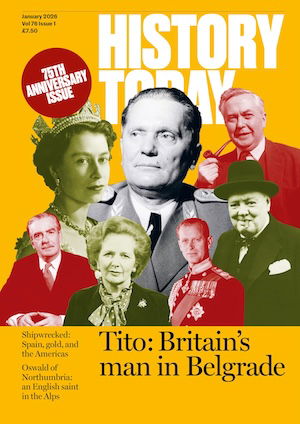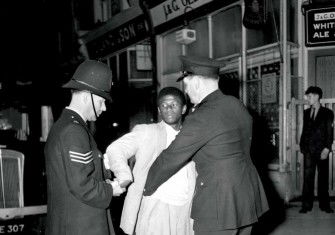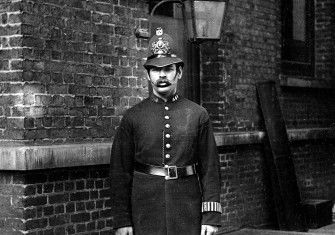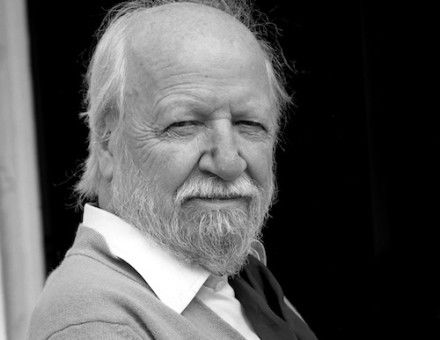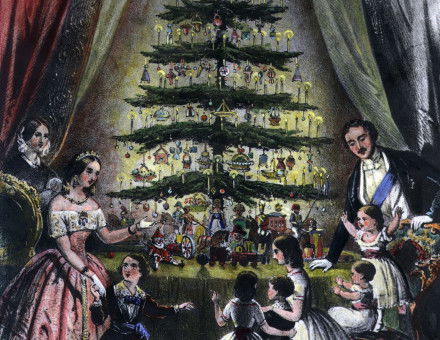The Riot Police who Revolt France
France’s elite police unit is being compared to the SS – not for the first time.
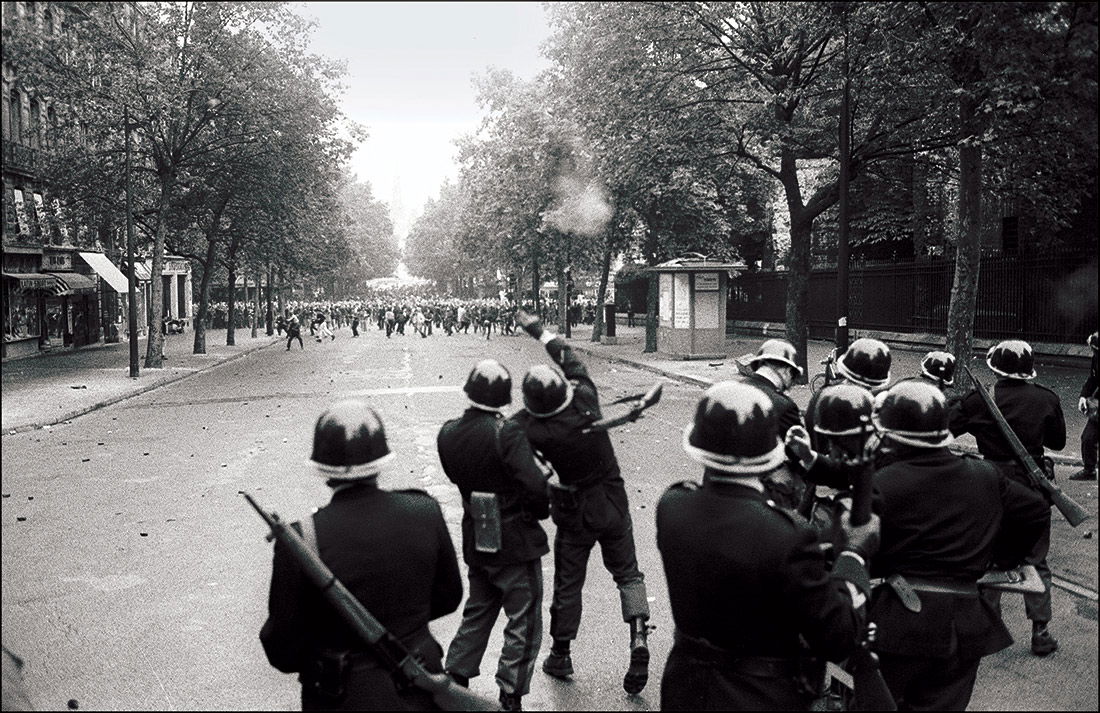
The gilets jaunes (yellow vest) movement has reopened old wounds in France, and also resurrected some old chants. During the 1968 student uprising there was one refrain above all others that reverberated through the rues and boulevards of Paris as protesters battled with police: ‘CRS = SS’. Half a century later a new generation of demonstrators is drawing the same comparison between the Compagnies Républicaines de Sécurité [CRS], France’s elite police unit – which describes itself as ‘specialists in the maintenance of order’ – and the Nazi’s protection squad, the Schutzstaffel, as they vent their fury against rising taxes and falling wages.

